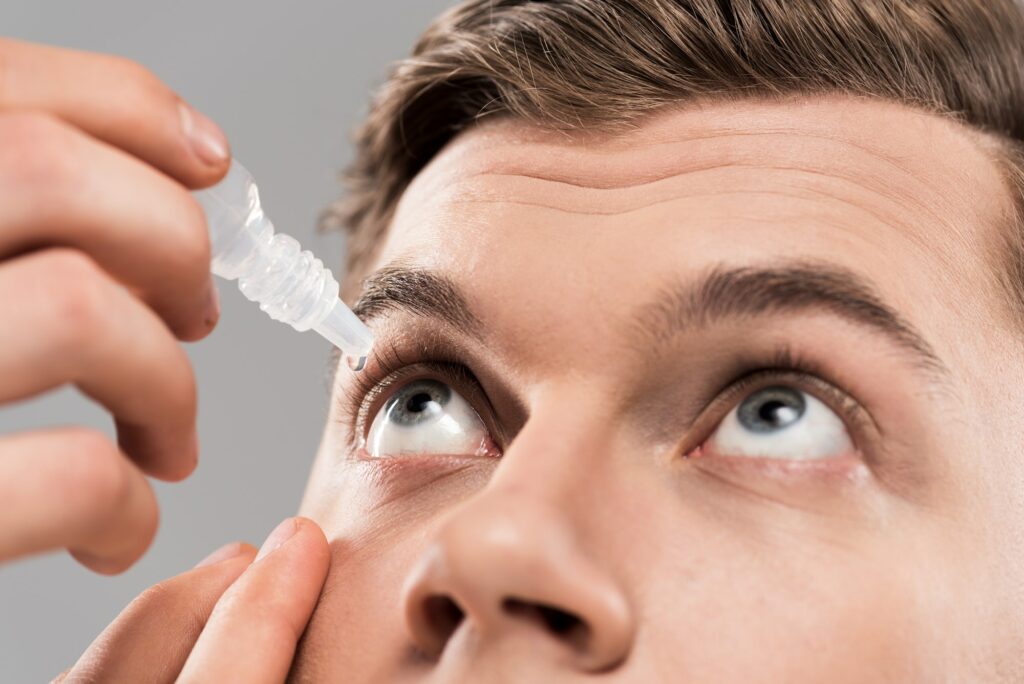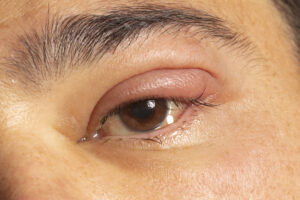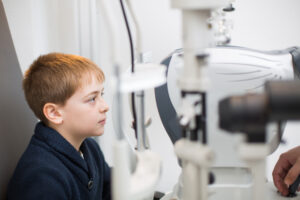Atropine
Atropine is utilized not just in conventional medicine, but also as a topical eye medication via eye drops. Atropine 1% ophthalmic solution is an eye drop used to dilate (enlarge) the pupil and inhibit the eye’s focusing mechanism. This has applications for assessing the eyesight of very young children, treating amblyopia (lazy eye), and treating several eye illnesses.
Initial experiments utilized 1% atropine eye drops to halt the progression of myopia in children. This had substantial adverse effects, including enlarged pupils that rendered the child sensitive to light and impaired their vision up close. Research has focused on investigating lower doses, which are associated with fewer adverse consequences. The drops are meant to be taken only once daily, in the evening.
Low-Dose atropine
Atropine, even in very low dosages, has shown promise as an effective treatment for slowing the course of myopia. When placed in the eye, the eye drops have a calming effect on the concentrating mechanisms.
There are many different formulations of low-dose atropine eye drops, but the recommended dosage ranges from 0.025 to 0.01% to reduce the likelihood of experiencing adverse reactions. It’s important to go over the potential side effects of atropine with your optometrist in order to determine whether it is a good treatment for your child’s myopia, and if so, at what dose. Here is more information about myopia control in children.
Work of Atropine
When atropine eye drops are used, the pupils become larger, because the muscle responsible for focusing within the eye is momentarily paralyzed. This relaxes the focusing mechanism of the eyes.
Myopia in youngsters may be linked to concentrating fatigue; therefore, administering atropine, which disables the focusing mechanism, can regulate myopia and prevent its progression.
Additionally, it is utilized in treating amblyopia, popularly known as “lazy eyes,” along with other eye problems (e.g., cycloplegia). This drug is helpful because it blocks the function of the neurotransmitter acetylcholine, which relaxes the ciliary muscle in the eye and makes the pupil appear larger.
How is atropine administered to treat myopia?
The retina and the sclera are home to muscarinic receptors, and atropine acts as a non-selective blocker of both receptors. Although the precise mechanism by which atropine manages myopia is unknown, it is thought that atropine inhibits sclera thinning or stretching and, consequently, eye growth by acting directly or indirectly on the retina or the sclera.
Other myopia treatments
- distance center multifocal soft contact lenses can slow down myopia progression
- eyeglasses with a bifocal or multifocal lens
- orthokeratology lenses, which are placed in the eyes before going to sleep, and then taken out in the morning
Want to discuss treatment options for your child’s myopia? Book an appointment with Dr. Leung.
As a final note, it’s important to acknowledge that myopia is not the only cause of vision difficulties in children. Learn more about vision therapy and other pediatric eye concerns here.








